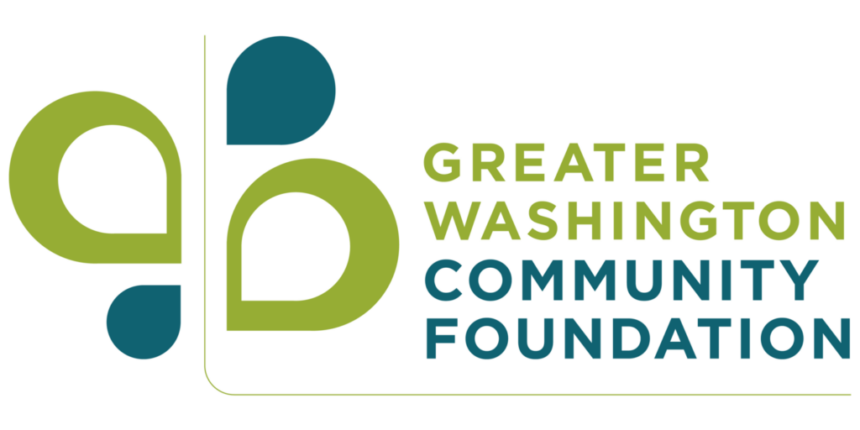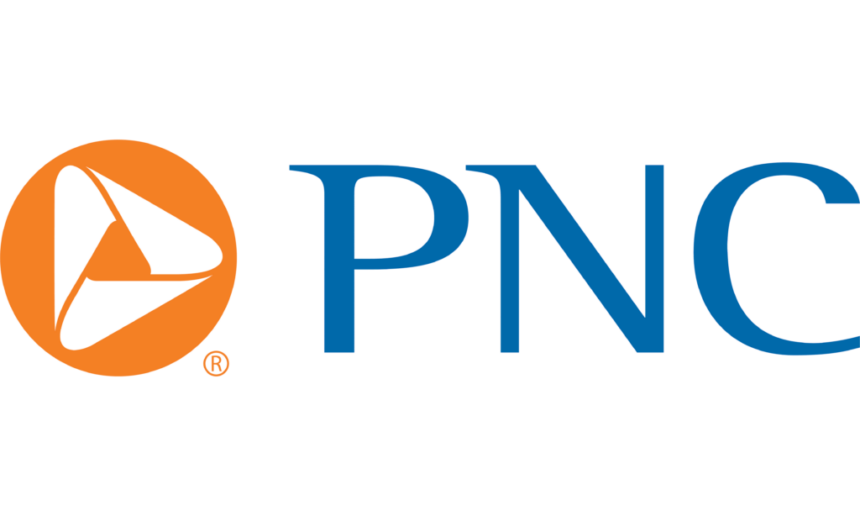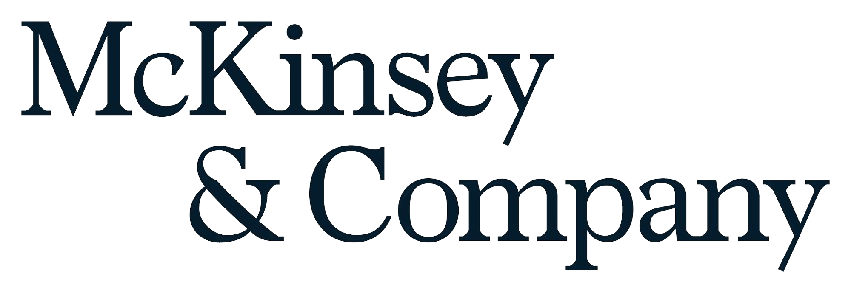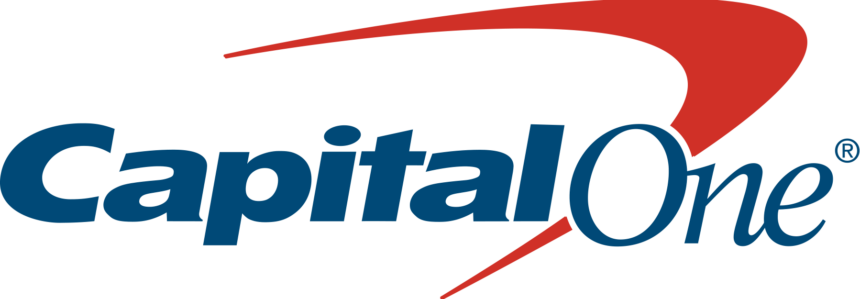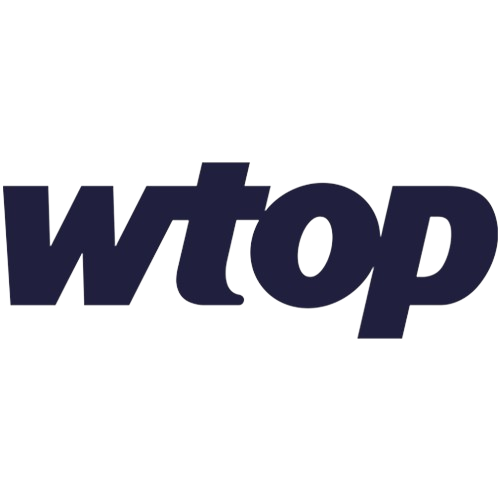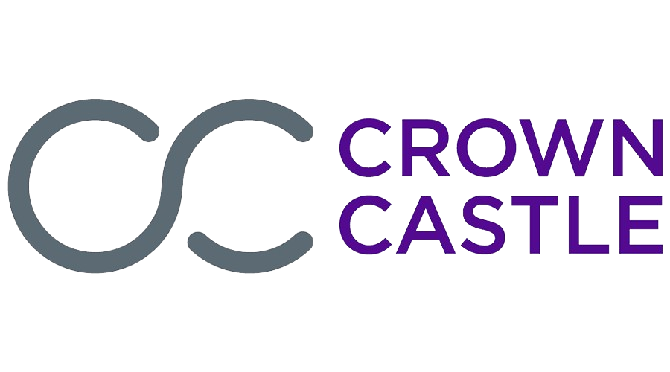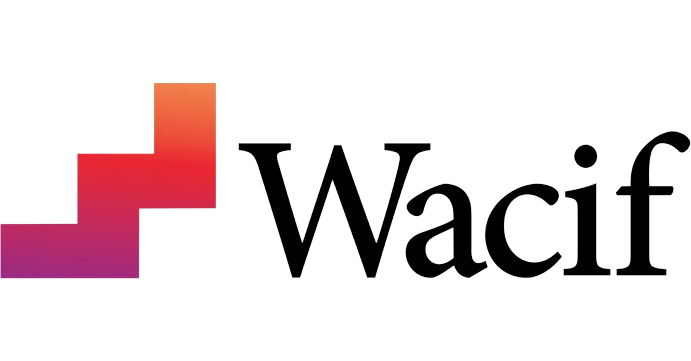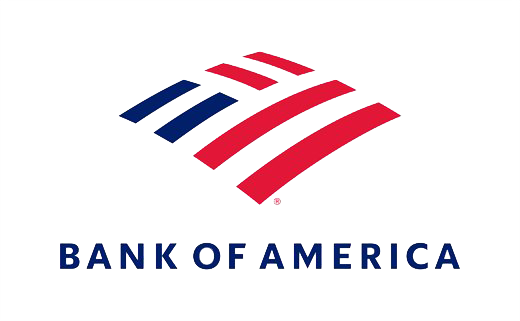Understanding the Opportunity Divide and its Impact on Corporate America
Millions of hard-working Americans lack access to good jobs and career pathways while at the same time, many employers struggle to hire the talent they need to succeed. This is referred to as the “Opportunity Divide.” At a national level, this dynamic is threatening US economic competitiveness. At the local level, many talented individuals are excluded from opportunities to build a long-term career and financial security. In this webinar, experts explored the perceptions, policies, and practices that often exacerbate the Opportunity Divide and begin to explore how your organization can be a driver for change.
PRESENTERS & MODERATORS
- Ronda Thompson, Chief Diversity Equity & Inclusion Officer, Grads of Life
- Krysta Sadowski, Director of Advisory Services, Grads of Life
PANELISTS
- Rae Vann, Shareholder, Carlton Fields
- Ken Jenkins, Business Development at NFP
- Rebecca Shambaugh, President and CEO, SHAMBAUGH Leadership
Webinar Recording
Summary
Videos shown in the presentation from Grads of Life:
- The “Opportunity Divide” impacts individuals and employers. On one side of the divide are individuals without traditional career pathways (for example, they may not have the opportunity to go to college). On the other side are employers who have roles, typically “middle-skill” roles, that they struggle to fill.
- “Opportunity Talent” are those individuals who lack traditional career pathways but do posses unique skills and the desire to work. They may be young people not in higher education, people with disabilities, or the formerly incarcerated.
- Companies are most successful in their diversity, equity, and inclusion (DEI) efforts when the very highest levels of leadership support and advocate for it. Companies should identify executives who are responsible for DEI outcomes and provide resources and businesses processes to support them.
- Ken Jenkins of NFP said that the most the most critical step is to define the relationship between the DEI advisory board and the executive leadership team and the governance model. The company should decide if the DEI advisory board is a recommending body or a decision-making body, and how changes will be reviewed and implemented. Establishing a strong structure ahead of time ensures that DEI efforts are fully supported by the organization.
- It is important that companies have structures in place to hold executives accountable for DEI outcomes. As Rebecca Shambaugh of Leadership put it, “What gets measured gets done.” Companies should track their DEI performance with quantifiable metrics and data, and make outcomes an expected part of executive performance.
- It is also important that executives understand how their employees are experiencing work. One way to do this is to go on a listening tour and create a space where employees can share their needs and concerns. Black employees often report unfair disadvantages, such as not being given the same levels of constructive feedback or opportunities to build visibility in their organization.
About the Racial and Social Equity Webinar Series
The Greater Washington Board of Trade’s Racial and Social Equity Webinar Series will provide business leaders across the region the knowledge and tools they need to build more diverse, inclusive, and equitable organizations. It will help leaders identify drivers of inequity and injustice and take concrete steps towards being agents of positive change.
Sponsors
Presenting Sponsor and Knowledge Partner
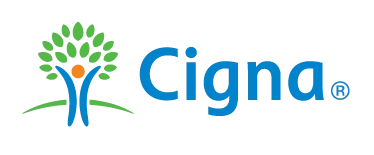
Executive Sponsor

Supporting Sponsor
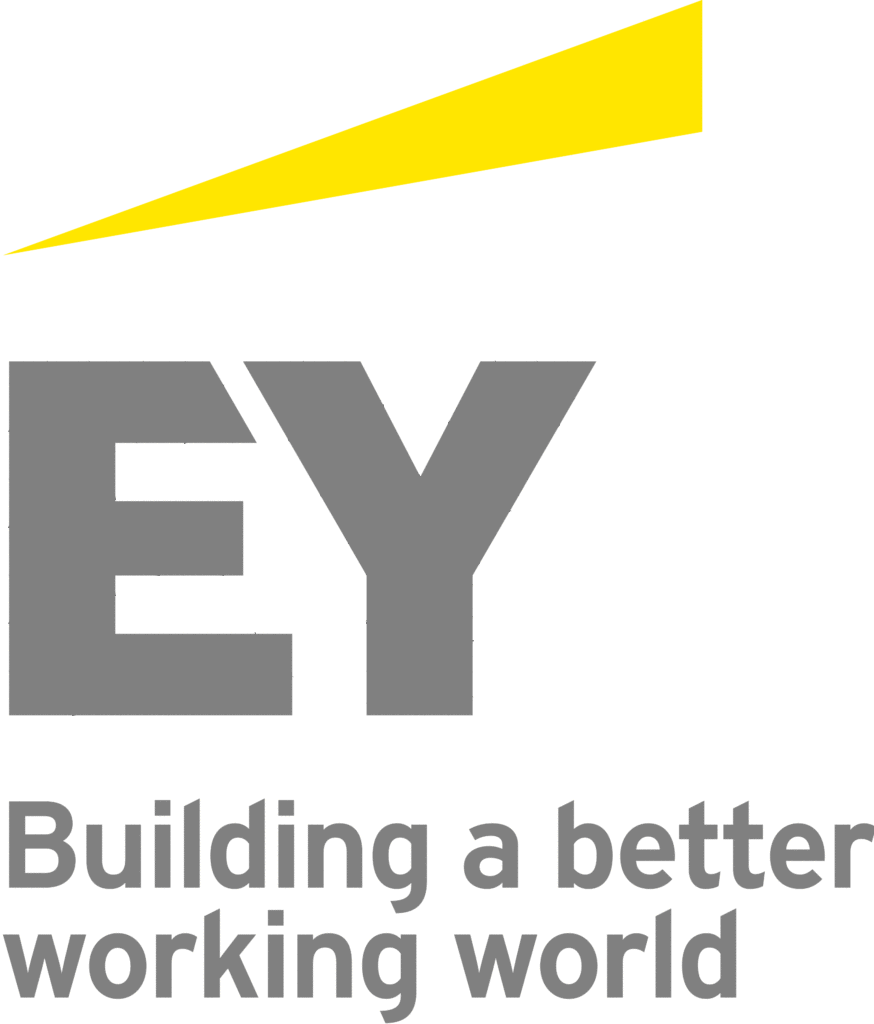
Program Partner

Become a member today
We need your voice at the table to make Greater Washington a place where everyone can succeed



